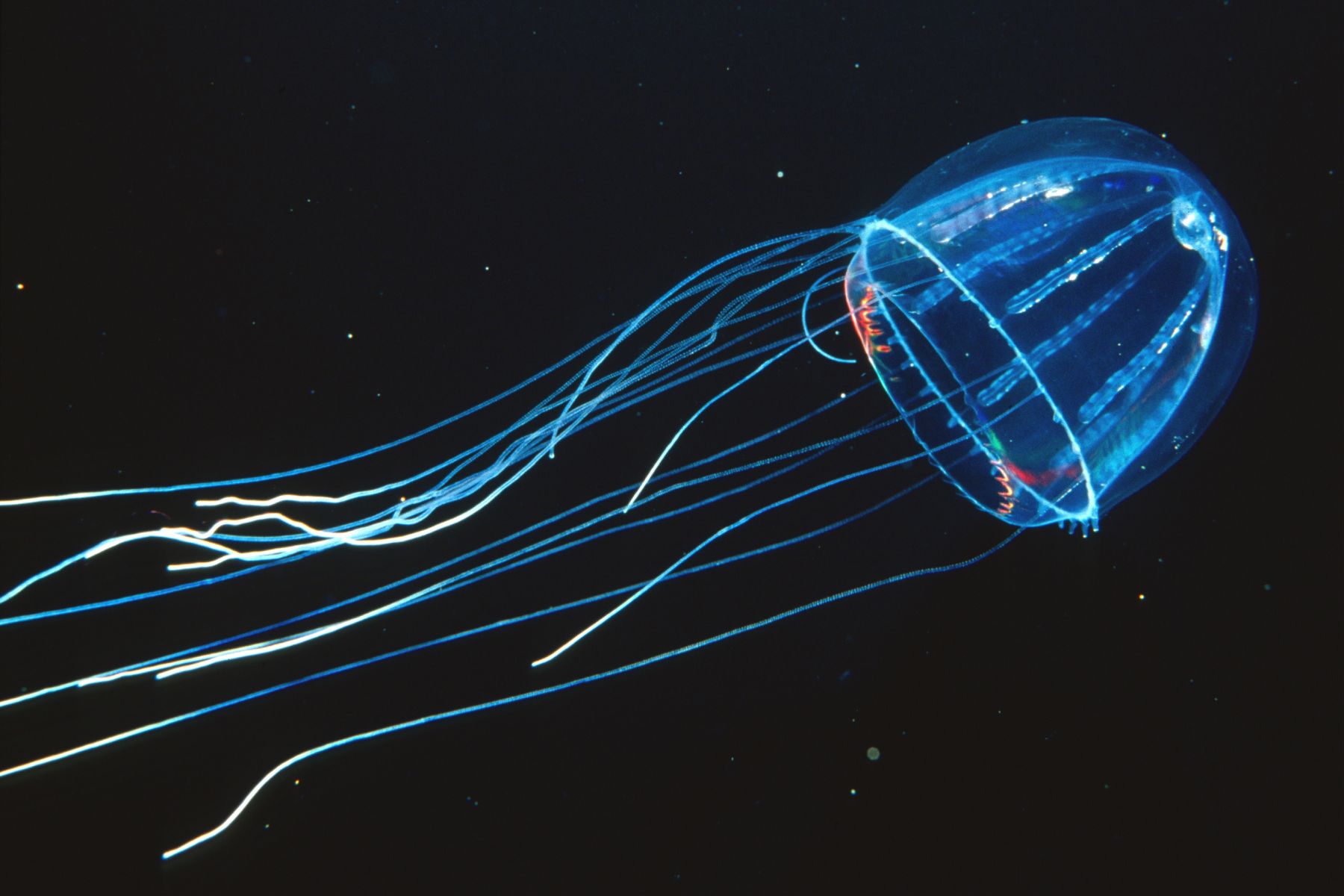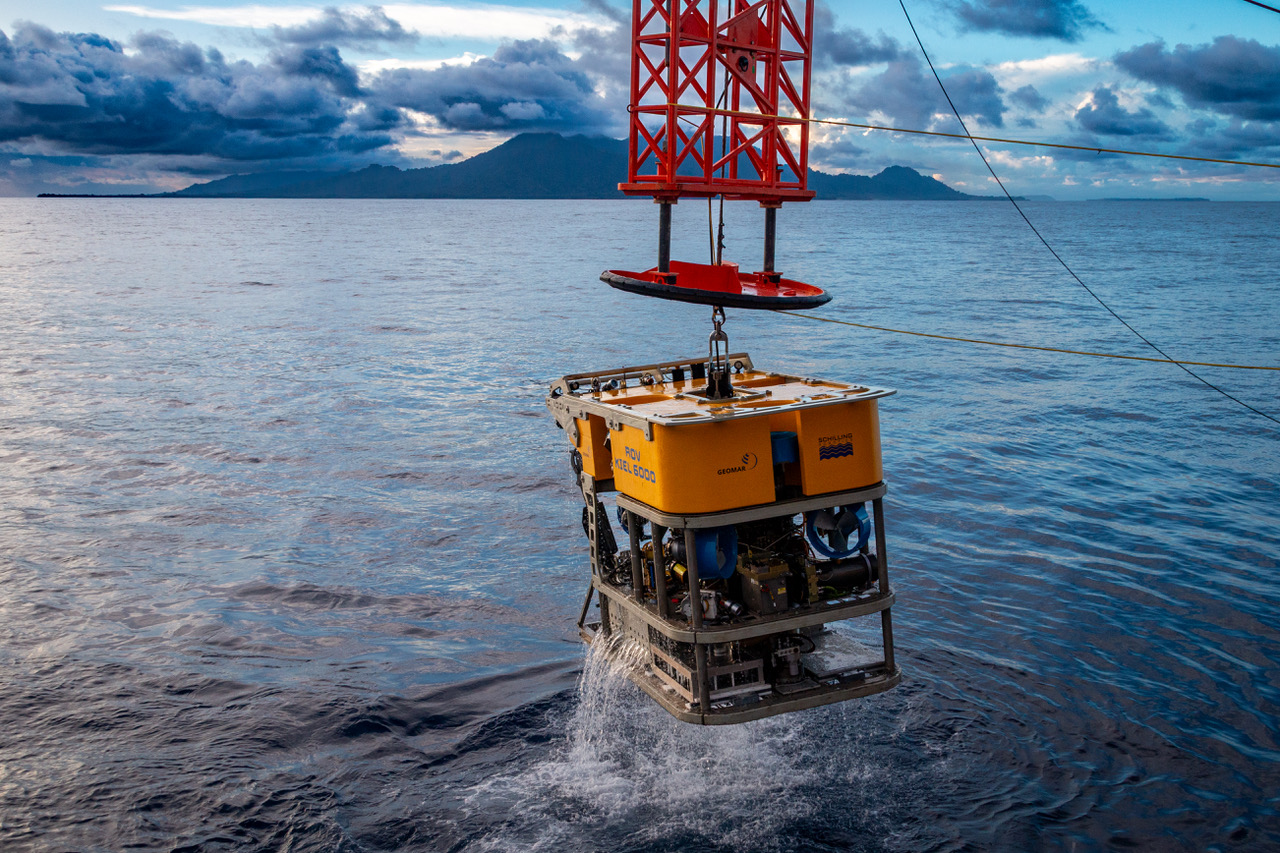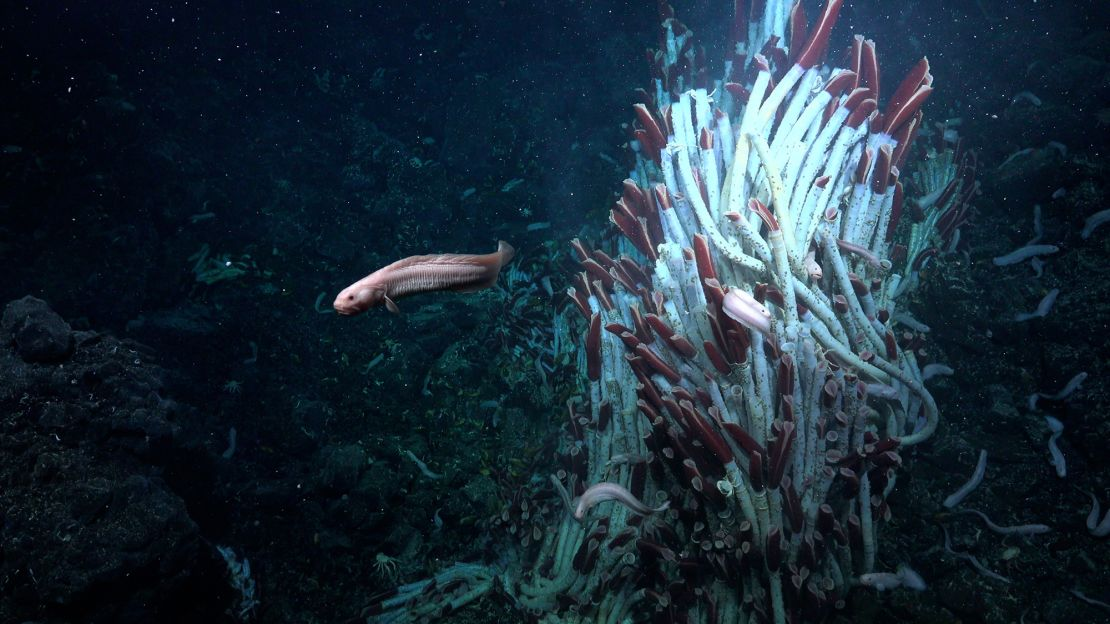Far below the ocean’s surface, in a world devoid of sunlight, countless marine organisms have evolved an extraordinary ability—bioluminescence. This natural production of light, often seen in creatures like the anglerfish or lanternfish, plays a vital role in survival. Unlike the shallow seas where vision is guided by the sun, the deep sea is a realm of darkness where light is life. Bioluminescence helps organisms attract mates, confuse predators, and lure prey—key strategies for surviving in extreme depths where food is scarce and pressure is intense.
Scientists studying these ecosystems have discovered that bioluminescence is not just a random trait—it’s a sophisticated evolutionary adaptation. Research from oceanographic institutions reveals that over 75% of deep-sea animals use bioluminescence in some form. For instance, certain squid species eject glowing clouds to distract predators, while others mimic the faint light from above to stay camouflaged. These discoveries reshape how we understand communication and camouflage in the animal kingdom, especially in such a hostile environment.
As exploration technology improves, more bioluminescent species are being found, expanding our understanding of deep-sea biodiversity. The study of this phenomenon could even lead to innovations in medicine and imaging technology. Bioluminescence reminds us that even in the planet’s darkest places, life not only persists—it shines.




